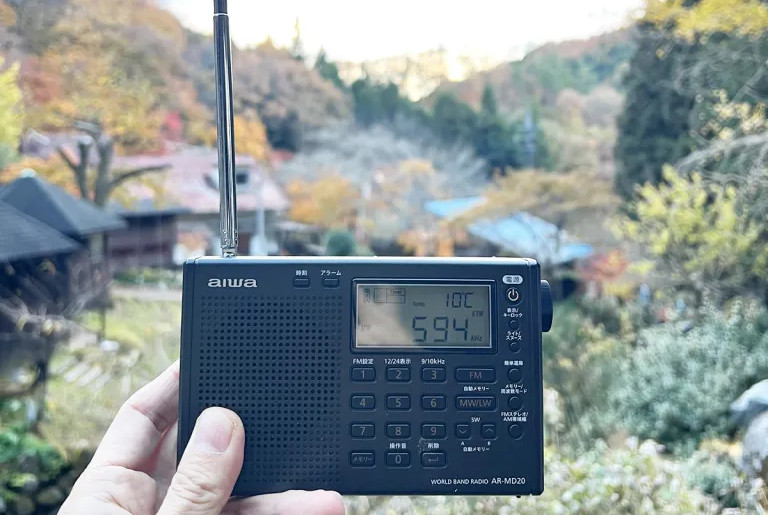Saturday 2023-12-02 – Link List
Blogging Intensifies Link List for Saturday 2023-12-02

02-Dec-2023 – Shortwave radio at our cheap country house in Japanese mountains picks up North Korean broadcast
Brief Summary: ”
It was kind of scary, kind of cool, and definitely eye opening.
Our Japanese-language reporter Go”
01-Dec-2023 – Built and deployed a newsletter in an afternoon
Brief Summary: “If you are a long-time reader of this blog, you might remember I already had
a newsletter. It was bu”

02-Dec-2023 – Print Your Own Brain Lamp From MRI Data
Brief Summary: “MRIs generally fall somewhere on the scale from boring to stressful depending on why you’re having o”

